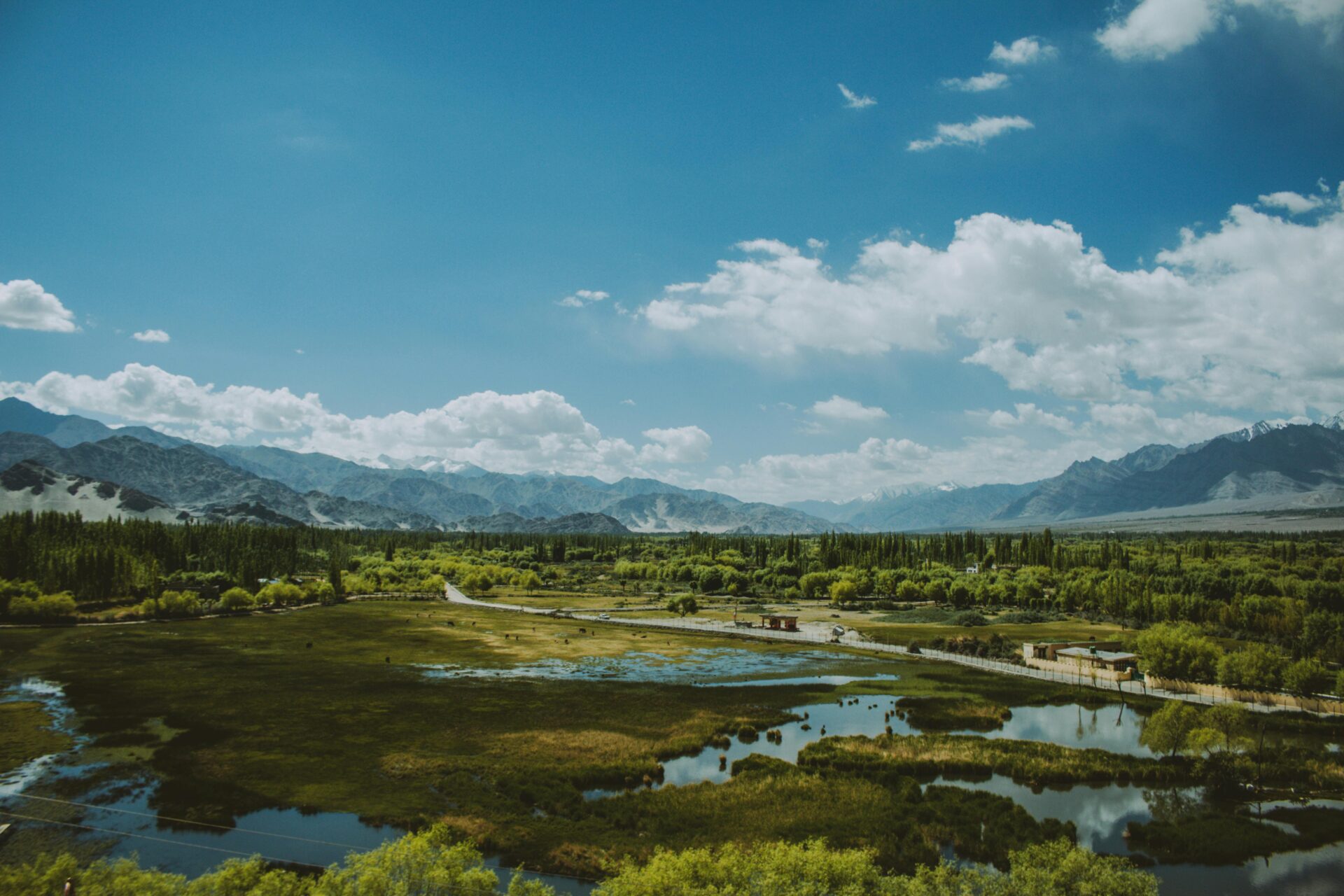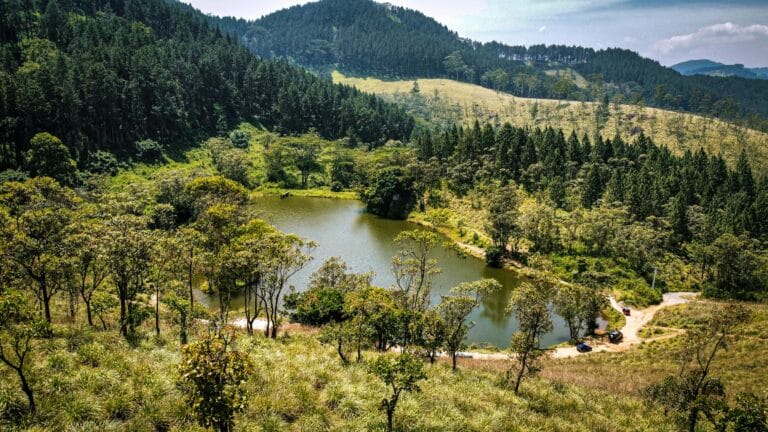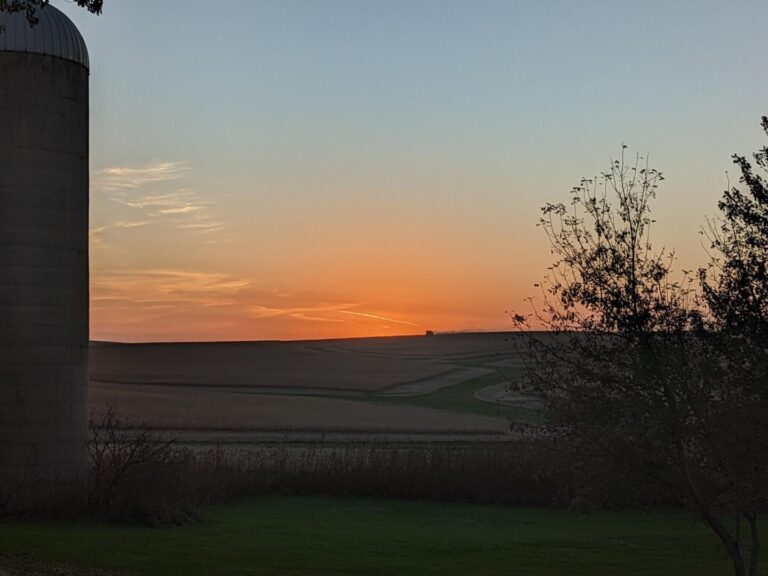Acreage is a valuable long-term investment, but one that’s also subject to the whims of severe weather and fluctuating climate conditions. As a land buyer, it’s crucial to assess and prepare for common weather-related risks based on location, landscape, and infrastructure.
Weatherproofing your land starts with understanding the concerns of different regions across the country. In this article, our land experts will break down climate-specific concerns from east to west, helping land owners like you make informed and confident decisions both before and after a sale.
With the right plan of action, you’ll stay one step ahead of any unexpected weather risk, whether you’re browsing land for sale or safeguarding your existing parcel.
Why Weather Conditions Should Factor Into Your Land Purchase
Land is a unique investment—unlike something that stays safe and sound indoors, it’s constantly exposed to the elements. It’s no surprise then that extreme or changing weather patterns can have a significant impact on a property’s value, safety, and maintenance costs.
How can the weather influence your land long-term? It can:
- Raise insurance premiums – When extreme weather causes repeated property damage, the increase in insurance claims makes your rates more expensive. This is especially true if your land has structures like a house or barn, as costly insurance payouts to repair and rebuild will raise your premium.
- Impact resale potential – Land that’s prone to extreme climate conditions will have a harder time being sold in the future. This is not to mention that weather-related property damages will decrease land value and, thus, your return on investment.
- Cause infrastructure damage – Serious infrastructure damage can be costly at best and dangerous at worst. Utilities, homes, roads, farm equipment, and more can all pay the price of improper weather planning.
- Create unsafe or unusable conditions – In extreme cases, weather risks can make your land completely inaccessible or unsafe to use.
By learning about potential risks before purchasing property, you can implement weatherproofing measures and ensure a sound investment.
Western U.S.: Wildfires, Drought, and Water Rights
Western states like California, Arizona, Oregon, and Idaho are experiencing a growing wildfire crisis due to high-risk environmental factors. Fires can devastate your acreage in a matter of minutes, destroying homes and razing land.
Luckily, there are various strategies on creating defensible space and reducing wildfire risk. For instance, tree trimming, plant spacing, and debris clearing go a long way toward avoiding a fire. In many cases, landowners also have to follow local fire codes intended to reduce wildfire risk and impact. These regulations include:
- Creating defensible space – Clearing brush, trimming trees, and maintaining a safe buffer zone around structures to slow the spread of fire and give firefighters a safer area to work.3
- Using ignition-resistant building materials – State fire codes often require roofing, siding, and decking materials that can withstand high heat and sparks.
- Maintaining hazardous vegetation – Many jurisdictions mandate that landowners remove flammable vegetation and other fire hazards from their property.
- Adhering to slope restrictions – Development may be limited on steep terrain, where fires can spread more rapidly and are harder to contain.
Dry climates at risk of wildfires are also often drought-prone, with limited wells and surface water. This makes it especially important to ensure water access and rights on your property. Reviewing water sources on prospective acreage, such as through a land survey, is crucial before making a purchase.
Southeastern U.S.: Hurricanes and Flooding
When buying land near the Gulf Coast or in other low-lying areas, it’s important to be aware of the region’s key risks: hurricane threats and rising flood zones. Hurricanes can cause destruction to your home and can also trigger heavy rains and flash floods that debilitate your acreage.
Here’s what you can do before buying southeastern property to minimize weather-related risks:
- Research FEMA flood maps – Floods are unpredictable and don’t follow property lines or formulas. Flood maps are vital tools in determining how likely an area is to flood, and how much of your acreage would be at risk.
- Assess flood insurance requirements – Some banks and mortgage lenders require flood insurance, especially if you live in a high-risk area.
- Evaluate elevation and drainage – In addition to a flood map, consult land surveys or drainage plans to determine how water interacts with your potential parcel. It’s also a good idea to examine the land yourself, checking for waterlogging or standing water.
Being proactive about hurricane and flood risk helps protect your investment over time.
Midwestern U.S.: Tornadoes and Storm Damage
Tornado-prone areas like Kansas and Oklahoma, as well as many states in the Great Plains, commonly face risks due to storm damage. If you’re purchasing acreage in the Midwest, keep these precautions in mind:
- Ensure access to storm shelters – All property should have a tornado-resistant safe room or shelter, low to the ground and away from windows. Always keep your shelter stocked with basic necessities like water, food, a first aid kit, and a flashlight.
- Choose proper building materials – Strong materials are a must for tornado-safe construction. Help keep your home safe by using metal hurricane clips to strengthen connection points, such as between the wall studs and roof rafters.
- Mitigate Hail Damage – Hailstorms can wreak havoc on both structures and crops, leaving behind costly damage. To reduce risks, consider installing impact‑resistant roofing and siding materials that are designed to withstand hail impact. If your acreage includes farming or ranching, explore protective coverings like hail netting for crops or reinforced shelters for livestock. Regularly inspecting roofs, gutters, and windows for vulnerabilities also helps ensure your property is better equipped to handle sudden hailstorms.
Weatherproofing for tornadoes is crucial for safeguarding your homestead as well as protecting agricultural land in the Midwest.
Northeastern U.S.: Heavy Snow, Ice, and Erosion
New England sees it all, from hot summers to harsh winters. Owning land in the northeast involves maintaining your acreage through icy and snowy weather, as well as the spring melt, to ensure year-round access and safety.
If you’re purchasing property in the Northeast, be prepared to:
- Clear rural roads – In order to maintain access to and from your property, you may need to take charge of plowing your access roads in the event of a Nor’easter.
- Build snow load-friendly structures – Be aware of construction design that favors snowy climates. For instance, sloped roofs minimize snow pileup, and proper insulation is crucial in freezing temperatures.
- Manage seasonal runoff – As snow melts and the ground begins to thaw, New England experiences an annual transitional period between winter and spring, locally known as Mud Season. You’ll need to implement seasonal runoff measures to help prevent soil erosion and water damage.
Year-round planning is key to enjoying all your Northeast land has to offer.
Mountain Regions: Year-Round Accessibility and Terrain Risks
Mountainous terrain, no matter the region, comes with its fair share of weather-related risks. Mountain ecosystems are home to harsh climate conditions, and landowners can be impacted by snowpack, mudslides, floods, avalanches, and more.
Whether you’re purchasing mountain acreage or weatherproofing an existing plot, you’ll want to take the following steps.
- Assess year-round road access – You must to be able to access your property in all seasons, not just when the weather is nice. This can be difficult in rural areas or on unpaved roads, especially with steep slopes and tight turns in mountainous regions.
- Plan for plowing and infrastructure maintenance – During a snowstorm, can you plow yourself out? Can you ensure your pipes won’t freeze? Do you have backup measures in the event of a power outage? Ask yourself these questions and more to ensure a safe winter season in the mountains.
- Test the soil before building – Soil testing is key to determining secure areas to build on. You’ll assess erosion levels, water drainage, landslide risk, and more.
Your proactivity will pay off in the long run on your beautiful mountain land!
Tips for Weatherproofing Your Investment, No Matter the Region
While weatherproofing varies by regional risk, there are several steps you can take no matter where you live. When purchasing acreage, we recommend that all land buyers check the following boxes:
- Research natural hazard disclosures
- Check zoning regulations
- Run elevation and drainage tests
- Plan long-term maintenance
Regardless of where you set down roots, practical preparation is key to long-term land ownership success.
Resilient Land Starts with Smart Planning
While you can’t control the weather, you can do your best to protect your land. Weather presents real risks, but the right preparation can help you confidently make a purchase and protect your acreage for years to come.
Start by exploring land for sale on Land.com, the nation’s leading online marketplace for rural real estate. We have thousands of properties available nationwide, from undeveloped parcels to move-in-ready homes. Browse all listings with our weather preparation insights in mind, and use our convenient search filters to browse by price, size, location, land type, and more.
To enhance your land-buying journey, we recommend connecting with a local land pro. Not only will a Land Specialist streamline the process, but they’ll be able to provide expert on-the-ground knowledge of a region’s climate conditions and land precautions. Plus, they’re in sync with local market trends and can help you get the most bang for your buck.
From purchasing acreage to safeguarding your property, Land.com is here to help you navigate weather-related concerns with confidence.
Sources:
Earth.org. Nobody’s Insurance Rates Are Safe From Climate Change. https://earth.org/nobodys-insurance-rates-are-safe-from-climate-change/.
USDA Forest Service. Confronting the Wildfire Crisis. https://www.fs.usda.gov/sites/default/files/Confronting-Wildfire-Crisis.pdf.



